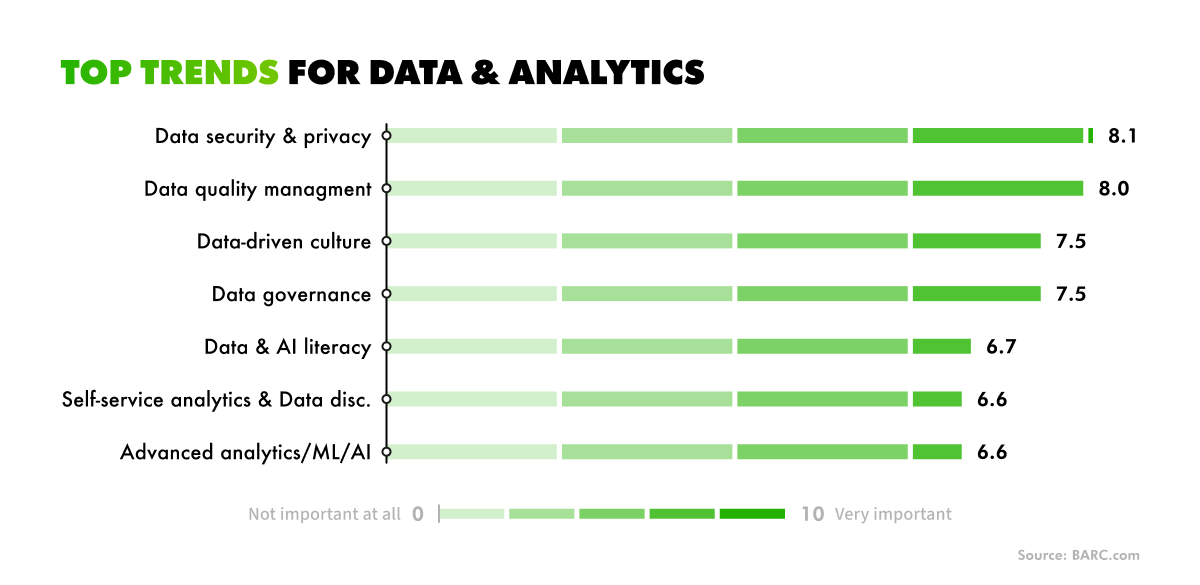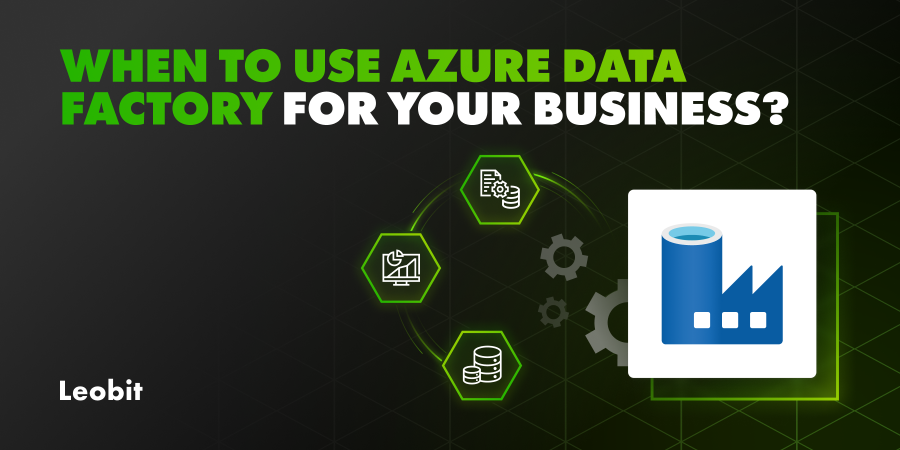Released in 2023, Microsoft Fabric has quickly established itself as a strong contender in the market of data platforms. Specifically, as of mid-2025, it is the fastest-growing data platform in Microsoft’s history, with over 25,000 paying customers worldwide and a 55% year-over-year revenue growth. Moreover, Microsoft Fabric is already used by 70% of the Fortune 500 companies.
What drives Microsoft Fabric’s popularity? When is this platform the right choice? And what sets it apart from platforms for data storage, analytics, and business intelligence (BI)?
In this article, we provide a comprehensive Microsoft Fabric overview with a focus on its strengths, weaknesses, and preferred use cases.

















